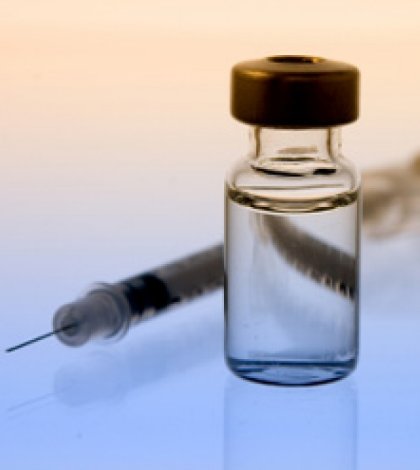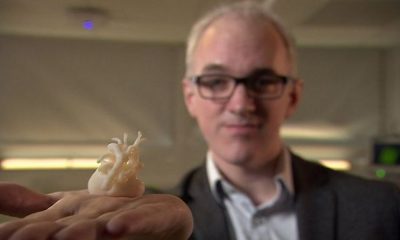You may have a friend, family member, or co-worker who has had an erratic change in behavior lately. This does not mean that he or she is abusing drugs, but could have a lack of sleep, be ill, or have experienced a traumatic event. This information below is for those of you who do suspect drug abuse. Use this information only as a guideline. Do not confront the potential drug abuser. You may want to engage the help of a professional to help you deal with this issue if it is a family member. A co-worker may need to be reported to the manager or director. There is help available, though.
In general, symptoms of drug usage do not pop out alone, and usually there is more than one symptom that you will be able to notice. Depending on a person’s body structure, age, and gender, different symptoms will show up in a different order, strength and combination. Also, every drug has its own set of symptoms that reveals its influence on the human body. Here’s a brief coverage of specific symptoms that characterize certain kinds of drugs:
Marijuana: Glassy, red eyes; loud talking and inappropriate laughter followed by sleepiness; a sweet burnt scent; loss of interest, motivation; weight gain or loss.
Alcohol: Clumsiness; difficulty walking; slurred speech; sleepiness; poor judgment; dilated pupils; possession of a false ID card (of course this is common among teens.)
Depressants: (including barbiturates and tranquilizers) Seems drunk as if from alcohol, but without the associated odor of alcohol; difficulty concentrating; clumsiness; poor judgment; slurred speech; sleepiness; and contracted pupils.
Stimulants: Hyperactivity; euphoria; irritability; anxiety; excessive talking followed by depression or excessive sleeping at odd times; may go long periods of time without eating or sleeping; dilated pupils; weight loss; dry mouth and nose.
Inhalants: (Glues, aerosols, and vapors ) Watery eyes; impaired vision, memory and thought; secretions from the nose or rashes around the nose and mouth; headaches and nausea; appearance of intoxication; drowsiness; poor muscle control; changes in appetite; anxiety; irritability; an unusual number of spray cans in the trash.
Hallucinogens: Dilated pupils; bizarre and irrational behavior including paranoia, aggression, hallucinations; mood swings; detachment from people; absorption with self or other objects, slurred speech; confusion.
Heroin: Needle marks; sleeping at unusual times; sweating; vomiting; coughing and sniffling; twitching; loss of appetite; contracted pupils; no response of pupils to light.
Of course, every drug has its own influence on the human body, and depending on which chemical substance – it can slow down or speed up a person’s brain activity. Professionals often call this: “effects on the executive functioning areas of the brain.” Executive functioning areas of the brain are responsible for activities like planning, organizing, acting when it is time to act, as well as delaying or preventing action (inhibitory functions) when appropriate.
The executive brain functions are performed in the frontal and prefrontal cortex. When a person starts using drugs – the inhibitory functions of the brain are particularly impaired, which means that his or her brain stops to delay or prevent impulses that would have been stopped in regular conditions. These changes in the human brain can lead to aggression, sexual, criminal, or other activities that can have devastating consequences for the addicted person. Until the age of 25, the human brain is in the process of active and rapid development, and, therefore, is not fully mature. Drug abuse in childhood and teenage years can cause devastating effects on the younger person’s ability to perform important executive functions.





















